Zwischen den Welten: Zwischen den Welten: über die Trennung zwischen Kunst und Spiritualität
Der westlich geprägte Kunstdiskurs hat eine scharfe Trennung zwischen Kunst und Spiritualität eingeführt. Ein Plädoyer für mehr Differenzierung und mögliche Hybridformen.
Ein Text von Astrid Mania
Die Behauptung, dass es ein Vor und ein Nach Magiciens de la terre gibt, dürfte schwerlich übertrieben sein. Die Pariser Ausstellung von 1989 markiert aus westlicher Perspektive den Moment, in dem die These, dass alles Kunst sein könne, in großem Stil auf spirituelle Bildwerke aus außereuropäischen Kontexten angewandt wurde.[1] Magiciens de la terre präsentierte in nie dagewesenem Maßstab und mit globalem Anspruch Bildwerke gemeinsam und als gleichrangig, die nach einem damals vorherrschenden Verständnis aus den getrennten Welten der Kunst und der Nicht-Kunst stammten. Das kuratorische Unternehmen war eine Antwort auf die New Yorker Ausstellung ‘Primitivism’ in 20th Century Art: Affinity of the Tribal and the Modern im Museum of Modern Art gewesen, die Werke der westeuropäischen Moderne – darunter von Picasso, Klee, Giacometti und Matisse – mit außereuropäischen Artefakten zeigte, die von den fraglichen Künstlern gesammelt worden waren oder als deren Inspirationsquellen galten.[2] Doch der Einzug der bis dato vorwiegend in ethnologischen oder eben Privatsammlungen aufbewahrten Bildwerke in ein, um nicht zu sagen, das Kunstmuseum wurde schon damals heftig kritisiert. Als kolonialistisch wurde der Vergleich der außereuropäischen Werke mit der westlichen Kunst beschrieben, der erstere unangemessen reduktionistisch auf das Formale beschränkt und sie dazu instrumentalisiert habe, die Heldengeschichte der westlichen Avantgarde fortzuschreiben.[3]
Gegen eine solche Haltung war die von Jean-Hubert Martin und seinem Team verantwortete Schau angetreten. Die Ausstellungsmacher wählten einen anderen Ansatz, indem sie Objekte vorwiegend aus ihrer Zeit versammelten, und führten den Begriff des „Zeitgenössischen“ ins Feld, der – so ihre Klage – vielen Werken, die althergebrachten Traditionen folgten, verweigert würde, obwohl ihre Schöpfer*innen lebten.[4] Von dieser problematischen Gleichsetzung der Begriffe des Gegenwärtigen mit dem Zeitgenössischen abgesehen, blendete die so gut gemeinte Pariser Schau auch die mitunter gewaltigen Umdeutungsmechanismen und Kräfteverschiebungen aus, denen Objekte unterliegen, die bisher – zumindest von westlichen Betrachter*innen – nicht als Kunst angesehen worden waren und sich nun in einer Kunstausstellung wiederfanden. Stattdessen verlegten sich die Kuratoren auf den von Joseph Beuys inspirierten, problematischen Begriff der „Magier“, unter den sie sämtliche Schöpfer*innen der präsentierten Objekte fassten. Martin und seine Mitstreiter hatten die Säkularisierung der vielen aus spirituellen Zusammenhängen stammenden außereuropäischen Bildwerke dadurch ausgeblendet, dass sie den westlichen Künstler*innen durch das Anrufen des Magischen einen im Grunde anti-modernen Anstrich verliehen. So trafen sich alle in dieser numinosen Zwischenwelt zur großen Nivellierungsparty.
Was geschieht, wenn ursprünglich in vor allem spirituellen Kontexten genutzte Bildwerke vom westlichen Kunstbetrieb vereinnahmt werden, soll hier am Fall der kleinformatigen und zumeist anonymen Tantra-Zeichnungen aus Rajasthan ein wenig näher ausgeführt werden. Solche Blätter zirkulieren seit einigen Jahrzehnten im Kunstbetrieb und waren auch Teil der Pariser Ausstellung. Sie visualisieren bestimmte Bewusstseins- ebenso wie kosmisch-energetische Zustände und dienen auch als Meditationshilfen.[5] Einen kräftigen Popularitätsschub erlebten diese Bildwerke 2011, als der französische Dichter Franck André Jamme seine so bilder- wie erklärungsreiche Publikation Tantra Song veröffentlichte, und 2013, als Massimiliano Gioni eine Vielzahl dieser Zeichnungen in die von ihm kuratierte Sektion The Encyclopedic Palace der 55. Biennale von Venedig einbezog. Jamme selbst war bezeichnenderweise gar nicht in Nordindien, wo sich solche Blätter seiner Publikation zufolge seit dem 17. Jahrhundert nachweisen lassen, sondern 1970 in Paris bei der Galerie le Point Cardinal auf erste Exemplare gestoßen. Als er 1994 eine Präsentation in der Pariser Galerie du Jour organisierte, war das Kunstfeld für derartige Werke durch die Ausstellung Magiciens de la terre längst bereitet. Weitere Ausstellungen in Galerien für zeitgenössische Kunst sollten folgen.
Was speziell diese Werke so anschlussfähig an ein westliches Kunstverständnis und die Diskurse einer westlichen Kunstgeschichte macht, ist ihre formale Nähe zu den abstrakt-geometrischen Bildfindungen vor allem der russischen Avantgarde. Mit diesem Argument appellierte auch der Pressetext der Londoner Frith Street Gallery, die 1990 tantrische Zeichnungen ausstellte, an ihr Publikum.[6] Die Nähe scheint plausibel, muss aber wohl umgekehrt gedacht werden: In Russland lagen yogische Texte aus Indien seit dem Beginn des 20. Jahrhunderts in Übersetzung vor; große Teile der Russischen Avantgarde befassten sich mit Theosophie, Yoga, Buddhismus oder auch schwarzer Magie.[7] Es scheint nicht abwegig, in vergleichbaren tantrischen Zeichnungen, zumindest aber einem Gedankengut, das abstrakte Formen für energetisch/spirituelle Zustände oder kosmische Prinzipien findet, Vorbilder besonders für Malewitsch zu sehen. Damit nun aber Werke wie die tantrischen Zeichnungen im westlichen Kunstbetrieb als Kunst funktionieren, müssen deren spirituelle Kraft und Funktion zunächst entladen und in eine Art unbestimmte Vergangenheit verlagert werden. In dieser abgeschwächten Form kann das Spirituelle als Überwundenes zurückkehren und äquivalent zum künstlerischen Sujet oder Konzept erzählt werden. Von diesem Moment an sind solche Artefakte auch im White Cube als Kunst vermarktbar. Objekte jedoch, die aktiv Gegenstand von Verehrung und/oder religiös motivierter Betrachtung sind, müssen als wortwörtlich unschätzbar gelten.
Solche Vorgänge werfen viele Fragen auf. Denn während westeuropäische religiöse Bildwerke die Trennlinie zur Kunst vor langer Zeit überschritten, diesen Schritt jedoch selbst vollzogen haben, wie Hans Belting in Kult und Bild aufzeigt,[8] werden außereuropäische Bildwerke wie zum Beispiele jene tantrischen Zeichnungen von westlichen Kurator*innen in einen bereits bestehenden (westlichen) Kontext hineinversetzt. Mit Beginn der Renaissance, so Belting, seien vor allem in Italien die Kunst zu einer Wissenschaft aufgewertet, dem Einfallsreichtum der Künstler*innen ein neuer Stellenwert eingeräumt und das Dargestellte den Gesetzen der Wahrnehmung unterworfen worden, woraufhin sich „das neue Bildverständnis als Kunstverständnis“ entfaltet habe.[9] Die Gemälde jener Zeit stellten also nicht nur ein religiöses Thema dar, sondern reflektierten zugleich erstmalig über ihren Status und den der Malerei.
Dies ermöglichte es Werken sakraler Kunst, als Kunst in höfische Sammlungen und später auch bürgerliche Museen einzuziehen, womit jene Trennung, die es nach Belting erlaubte, ein Bild „als Sitz des Heiligen oder als Ausdruck der Kunst“[10] zu verstehen, buchstäblich institutionalisiert wurde. Werke der christlichen Kunst wurden zu Vexierbildern. Mit einer Einschränkung: Während sich in einer Kirche Gemälde mit religiösem Inhalt wahlweise als Kunst und als Andachtsbild betrachten lassen, vor dem nicht nur stille Zwiesprache, sondern auch rituelle Handlungen vollzogen werden können, gebieten die Konventionen des Museums ein passives Betrachten. Sich im Museum vor einem religiösen Bildnis zu bekreuzigen hieße, die Tatsache zu verfehlen, dass es sich um Kunst handelt.
Um dieses Changieren der Bilder und vor allem das Einlesen außereuropäischer Artefakte in künstlerische Kontexte noch ein wenig besser zu fassen, mag es hilfreich sein, Arthur Dantos Begriff der „Kunstwelt“ heranzuziehen. Von der Pop Art und namentlich Andy Warhols „Brillo Boxes“ herausgefordert, warf Danto die Frage auf, was diese von ihren Vorbildern im Supermarkt unterscheide und zu Kunst mache. Auf eine schlichte Paraphrase heruntergebrochen, lautet sein Befund: Die Kunst liegt im Auge der Betrachterin. Denn es komme darauf an, ob Betrachter*innen zur „Kunstwelt“ gehörten, die er als „Atmosphäre künstlerischer Theorien, ein Wissen von Kunstgeschichte“ definiert.[11] Um in Warhols Kartons Kunst zu sehen, muss ich also ein Wissen um bisherige Kunsttheorie(n) und -geschichte(n) mitbringen und in der Lage oder willens sein, die fraglichen Objekte zu diesen in Verbindung zu setzen, affirmativ oder – im Sinne der modernen Kunst – als deren Befragung, Erweiterung und Überwindung. Dieser Blick funktioniert nun unabhängig davon, ob die Schöpfer*innen der fraglichen Objekte selbst eine solche Beziehung hergestellt haben oder ob diese durch eine kuratorische Setzung herbeigeführt worden ist.
Vor diesem Hintergrund muss es wirken, als sei die große Säkularisierungswelle nicht mehr aufzuhalten. Entsprechend skeptisch blickt der US-amerikanische Kunsthistoriker Alex Kitnick in einem Beitrag für das Artforum auf Bestrebungen westlicher Museen, religiöse Bildwerke an Kirchen zurückzugeben.[12] Konkret ließ Eike Schmidt, Direktor der Uffizien, im letzten Jahr verlautbaren, dass er plane, Werke der Renaissance-Kunst aus dem Museum heraus an ihre jeweiligen Ursprungsorte zurückzuversetzen.[13] Kitnick attestiert dieser Geste etwas zutiefst Anti-Modernes, würden dadurch doch aus Objekten der Kontemplation Objekte der Verehrung. Selbstverständlich können die aus dem Museum in die Kirchen getragenen Werke, wie bereits beschrieben, dort als religiöse erfahren werden. Doch man darf wohl davon ausgehen, dass Betrachter*innen solcher Werke, zumal im 21. Jahrhundert, mit Belting und Danto ein „Wissen von Kunstgeschichte“ besitzen und Bilder auch in einem Kirchenraum als Kunst wahrnehmen können.[14] Eher steht zu erwarten, dass Schmidts Vorhaben die Kirchen in Außenstellen des Museums verwandelt, da er den Betrachter*innen vor allem helfen wolle, laut Sarah Cascone, den ursprünglichen Kontext der fraglichen Werke zu verstehen. So würde der Kirchenraum weniger als spiritueller Raum gesehen, sondern brächte das zur Anschauung, was das Museum bislang nur sprachlich vermitteln kann. Kitnick hat natürlich zumindest insofern recht, dass das in einen sakralen Kontext (zurück-)gestellte Werk einen anderen Dialog führt als seine Verwandten im Museum: Es fehlt die unmittelbare Anschauung und wie auch immer motivierte Vergleichbarkeit mit anderen Werken.
Gerade für außereuropäische Bildwerke, die ihre spirituelle Dimension im westlichen Kunstkontext verloren haben, bietet sich in Ansätzen, die ein Oszillieren zwischen Kunst und Spiritualität zulassen, eine Chance, angemessen(er) mit ihnen umzugehen. Das US-amerikanische Newark Museum beispielsweise ließ in den Jahren 1988-90 einen Altar für seine Sammlung tibetischer Kunst herstellen – Schöpfer war der im indischen Kloster Rumtek ausgebildete Phuntsok Dorje – und vom Dalai Lama weihen. Damit wurde, obwohl Museumsexponat, die religiöse Dimension und Funktion dieses Objektes respektiert.[15] Für diesen Kontext bedenkenswert ist auch der selbstbestimmte Umgang des 2017 verstorbenen Künstlers und Chiefs des nordkanadischen Kwakw’ala-Volkes mit seinem Werk. Beau Dicks Objekte können sowohl in kommerziellen Galerien oder institutionellen Ausstellungen als Kunst gezeigt wie auch bei Tanzritualen seines Volkes zum Einsatz kommen. So wurden die Masken, mit denen Dick bei der documenta 14 prominent vertreten war, dort auch bei Ritualen eingesetzt und offenbar im Anschluss an die Präsentationen in Athen und Kassel zu den Kwakw’ala zurückgeschickt. Der spirituelle Gehalt, im und durch den Kunstkontext zurückgedrängt, lässt sich demzufolge für den rituellen Kontext speziell dieser Masken reaktivieren, wenn auch erst nach einer gewissen Ruhezeit.[16] Dass die Masken am Ende mancher Tanzrituale verbrannt werden, markiert deren ultimative Absage an eine Existenzform als Kunst – wo sich der Akt der Zerstörung noch als performative Geste lesen ließe – und ein Beharren auf ihrer spirituell-energetischen Dimension.
Dr. Astrid Mania ist Professorin für Kunstkritik und Kunstgeschichte der Moderne an der HFBK Hamburg. Dieser Text erschien zuerst im Lerchenfeld Magazin #57.
Fußnoten:
[1] Im Folgenden wird der Begriff Kunst immer dann kursiviert, wenn er in einem westlich-modernen Verständnis gebraucht wird. Noch schwieriger ist es, einen angemessenen Ausdruck für die hier von westlicher Kunst unterschiedenen und sehr unterschiedlichen Artefakte zu finden. Der sprachlichen Einfachheit halber werden sie hier als außereuropäische Artefakte bezeichnet.
Magiciens de la terre, Musée Nationale d’Art Moderne, Centre Georges Pompidou und Grande Halle de la Villette, Paris, 18. Mai bis 14. August 1989, kuratiert von Jean-Hubert Martin, mit Jan Debbaut, Mark Francis und Jean-Louis Maubant.
[2]‘Primitivism’ in 20th Century Art: Affinity of the Tribal and the Modern., Museum of Modern Art, New York, 19. September 1984 bis 15. Januar 1985 und weitere Stationen. Kuratiert von William Rubin.
[3] Als ein Beispiel sei hier James Cliffords Beitrag „Histories of the Tribal and the Modern“, in: Art in America, 73, April 1985, S. 169-170 genannt.
[4] Ausstellungskatalog zu Magiciens de la terre, Paris 1989, Vorwort von Bernard Blistène, S. 7/8.
[5] Detaillierte Erklärungen zu einzelnen Zeichnungen sowie ein einführender Essay finden sich in Franck André Jamme: Tantra Song – Tantric Painting from Rajasthan, Los Angeles, 2011.
[6] https://www.frithstreetgallery.com/exhibitions/tantra-contemporary-tantric-paintings [Abgerufen am 15.03.2021].
[7] Siehe hierzu John E. Bowlt: Esoteric Culture and Russian Society, S. 165 – 183; Charlotte Douglas: „Beyond Reason: Malevich, Matiushin, and their Circles“, S. 185 – 200, in: The Spiritual in Art: Abstract Painting 1890 – 1985, Ausstellungskatalog Los Angeles County Museum of Art, Los Angeles et al, 1986.
[8] Hans Belting: „Bild und Kult. Eine Geschichte des Bildes vor dem Zeitalter der Kunst“, München 1990.
[9] Ebd.S. 524, Kursivierung im Original.
[10] Ebd., S. 510.
[11] Arthur Danto, “The Artworld”, in: The Journal of Philosophy, Vol. 61, No. 19, American Philosophical Association Eastern Division Sixty-First Annual Meeting, (1964), S. 571-584, 580, (Übers. AM).
[12] Kitnicks Text beschreibt hier verschiedene aktuelle Diskurse, die die Institution des Kunstmuseums unter Druck setzen. Siehe„Point of no return – Alex Kitnick on the discontent with museums“, in: Artforum International, January/February 2021, S. 55/56.
[13] Siehe z.B. Sarah Cascone: „The Uffizi’s Director Wants to Return Renaissance Artworks to the Churches They Were Originally Made for Hundreds of Years Ago“, 03. 06.2020, https://news.artnet.com/art-world/uffizi-director-museums-return-religious-art-churches-1877883 [Abgerufen am 15.03.2021]
[14] Was nicht heißen soll, dass nicht auch heute noch Menschen an wundertätige oder weinende Heiligenbilder glauben und zu diesen pilgern. So soll vor noch nicht allzu langer Zeit im US-Bundesstaat New Mexico eine Madonnenstatue Tränen aus Olivenöl vergossen haben; Siehe https://www.domradio.de/themen/weltkirche/2018-07-30/die-weinende-madonna-von-hobbs-scherz-oder-zeichen-gottes [Abgerufen am 15.03. 2021].
[15] Siehe Ivan Gaskell, „Sacred to Profane and Back Again“, in: Andrew McClellan (Hg.), Malden, Mass. et all: Art and its Publics: Museum Studies at the Millenium, Blackwell, 2003, S. 149 – 164, 152-154. Ich danke Christoph Balzar für den Hinweis.
[16]Siehe Nancy Lanthier, “Sacred Ritual or Performance Art? A First Nation's Chief Takes Documenta“, September 2016, https://whitehotmagazine.com/articles/nation-s-chief-takes-documenta/3511 [Abgerufen am 15.03.2021];
Candice Hopkins: „Beau Dick“, https://www.documenta14.de/de/artists/13689/beau-dick; Saskia Trebing: „Was mit den Kunstwerken passiert, wenn die documenta 14 vorbei ist“, in: Hessische Niedersächsische Allgemeine, 13. 09.2017 https://www.hna.de/kultur/documenta/passiert-mit-kunstwerken-wenn-documenta-14-vorbei-ist-8679905.html [Abgerufen am 15.03.2021];





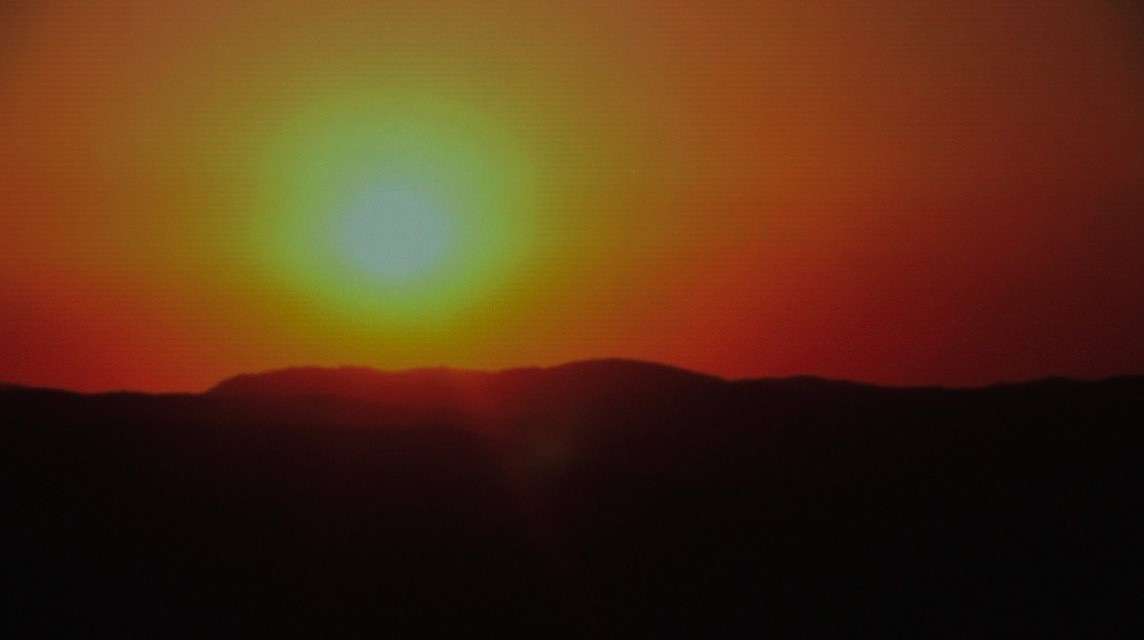







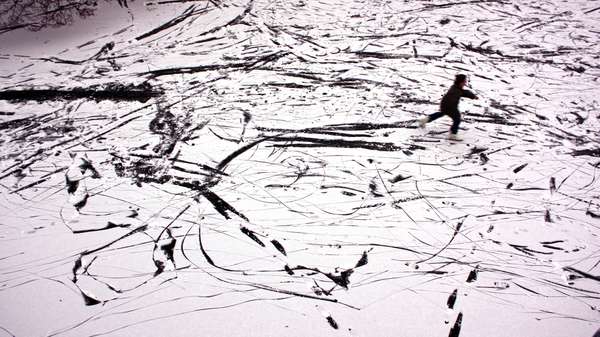
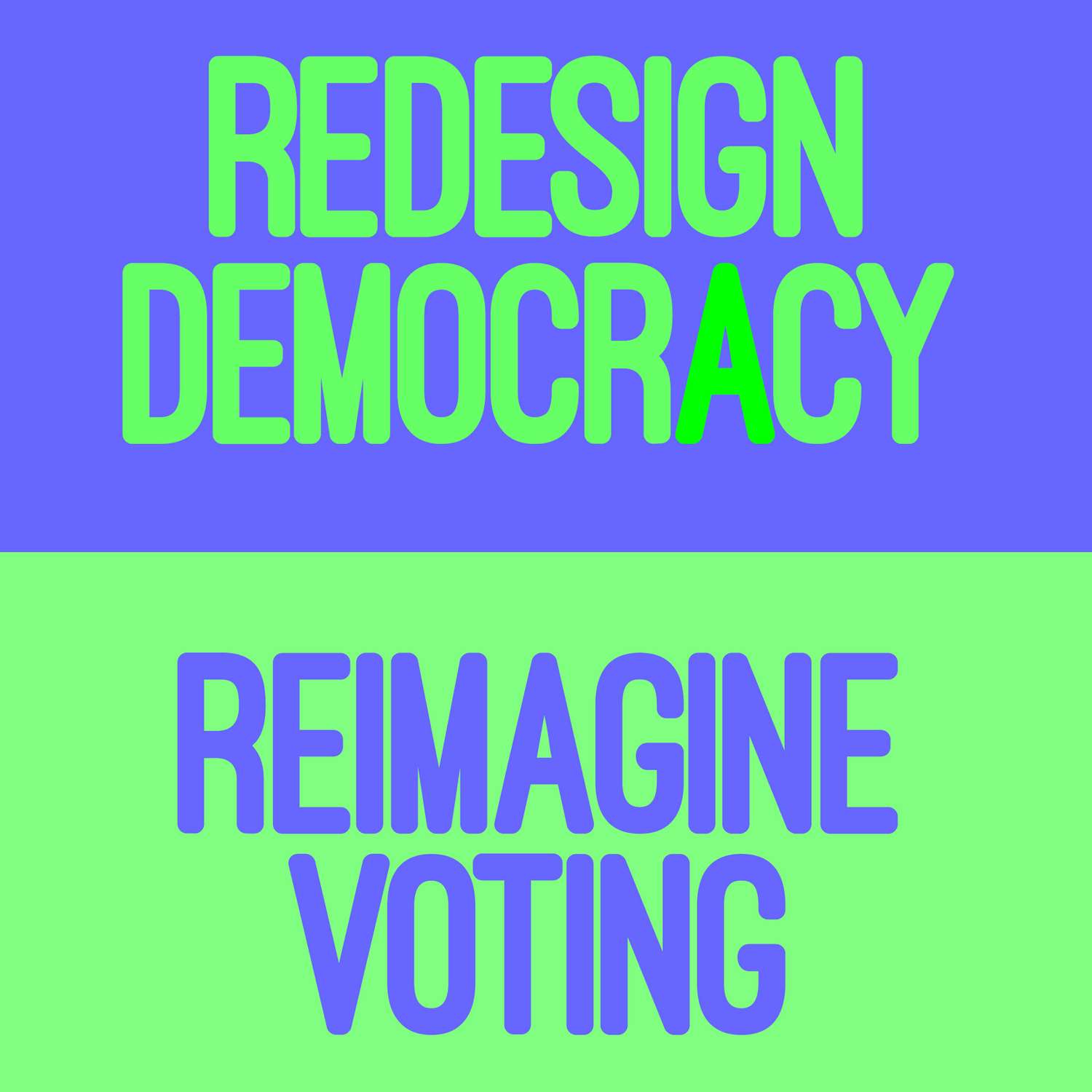
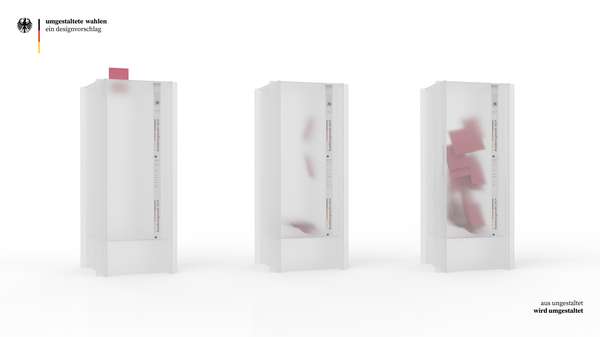






















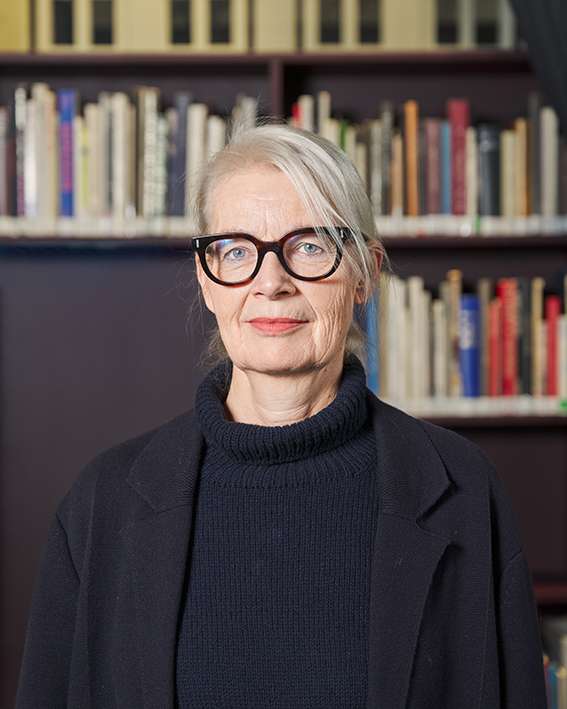









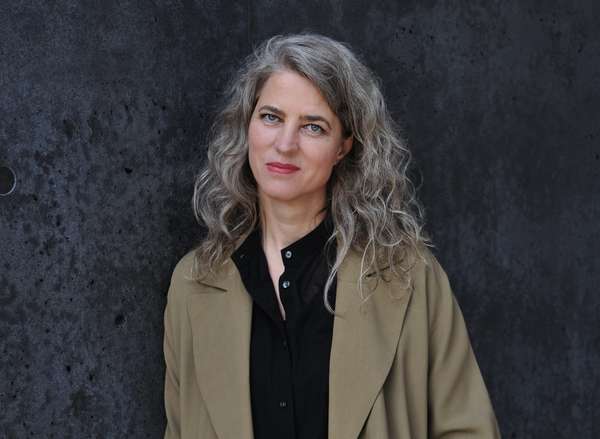




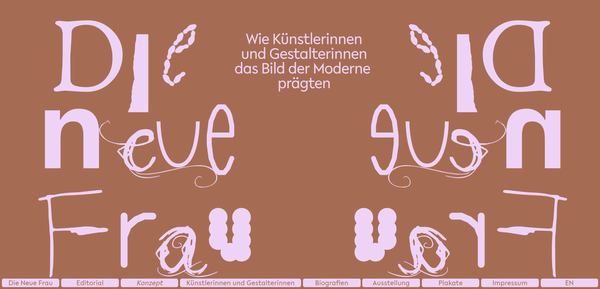

















































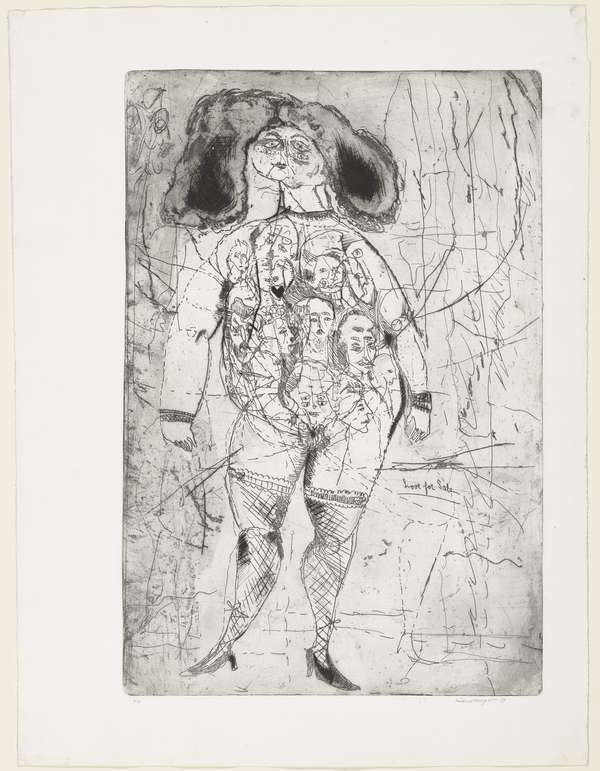



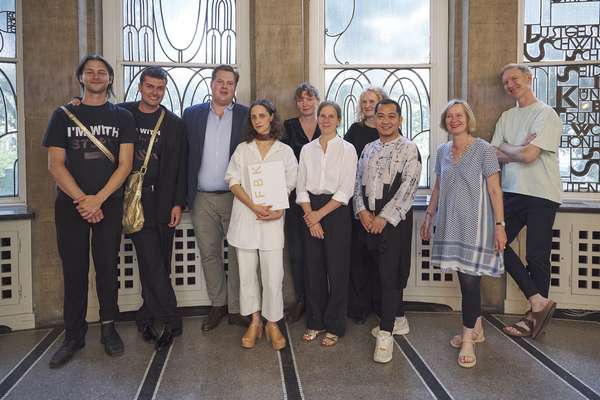



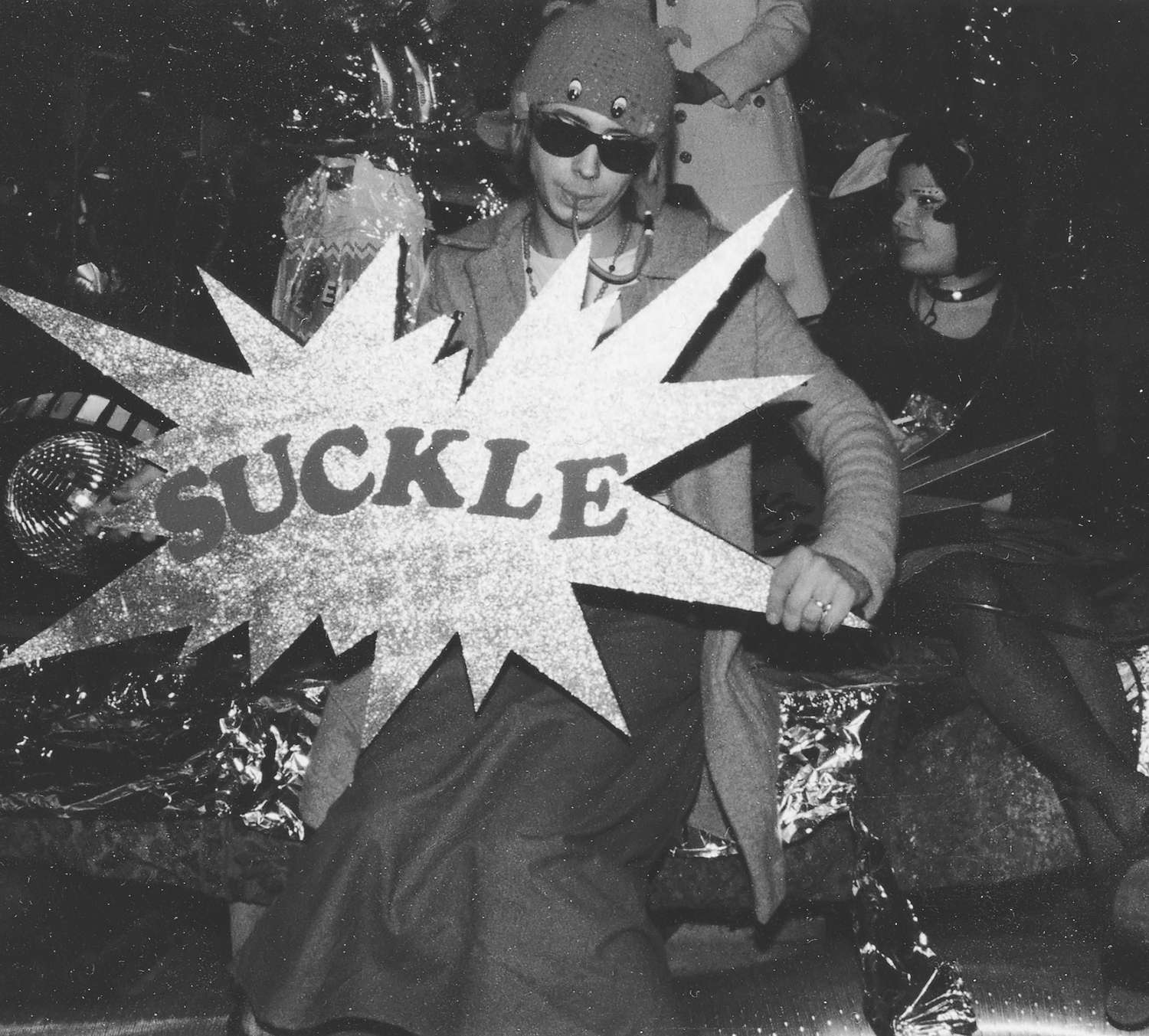





















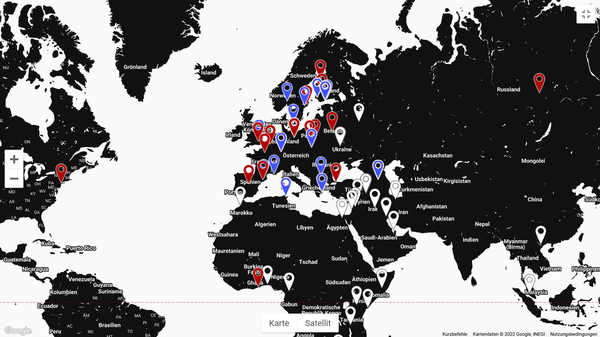











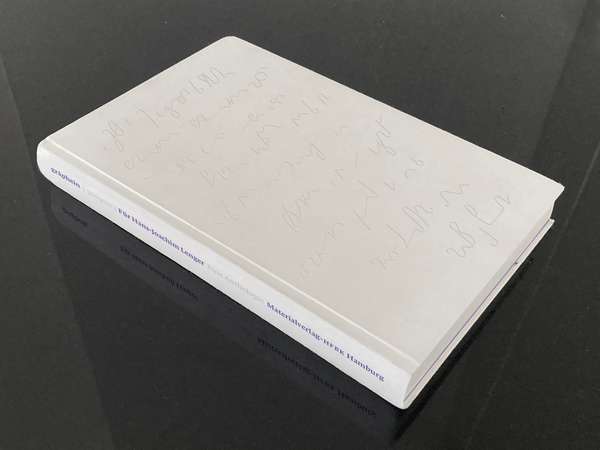



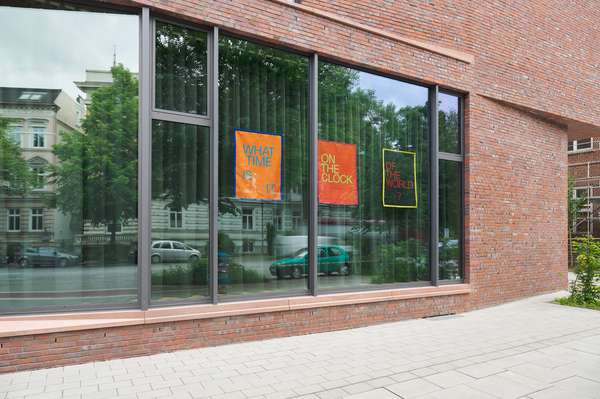


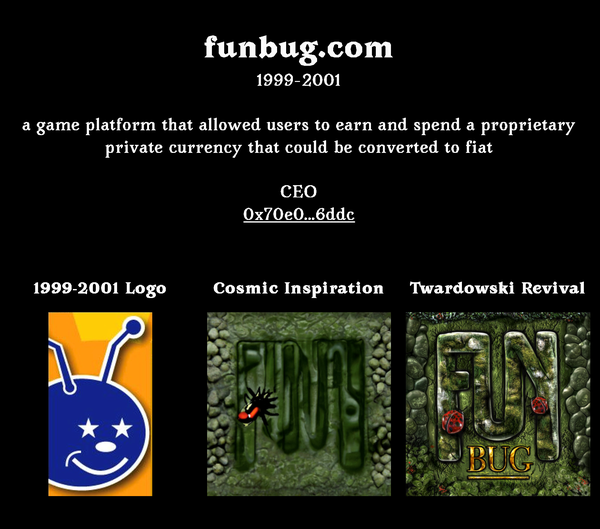







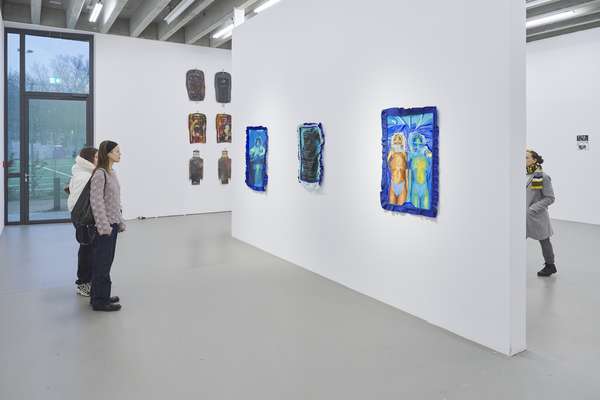



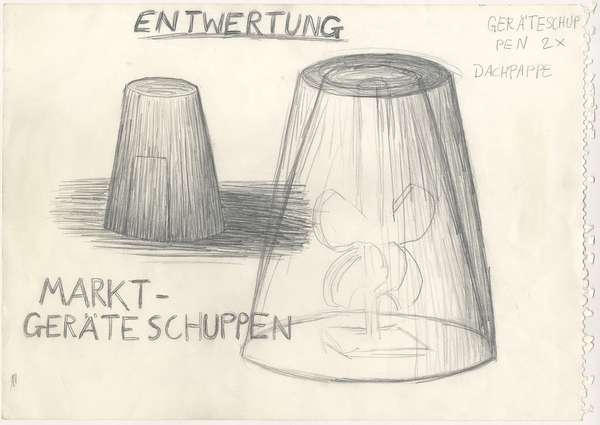











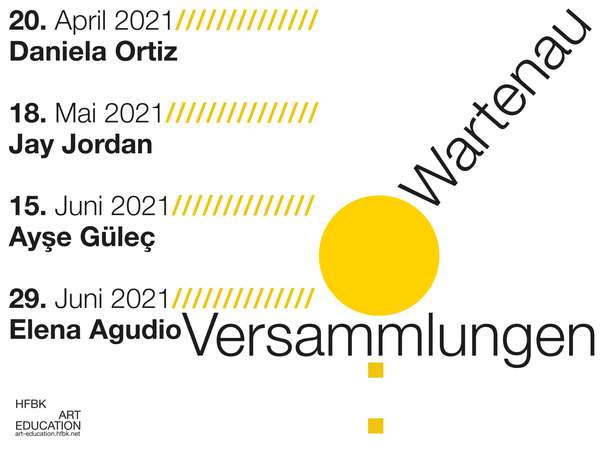











































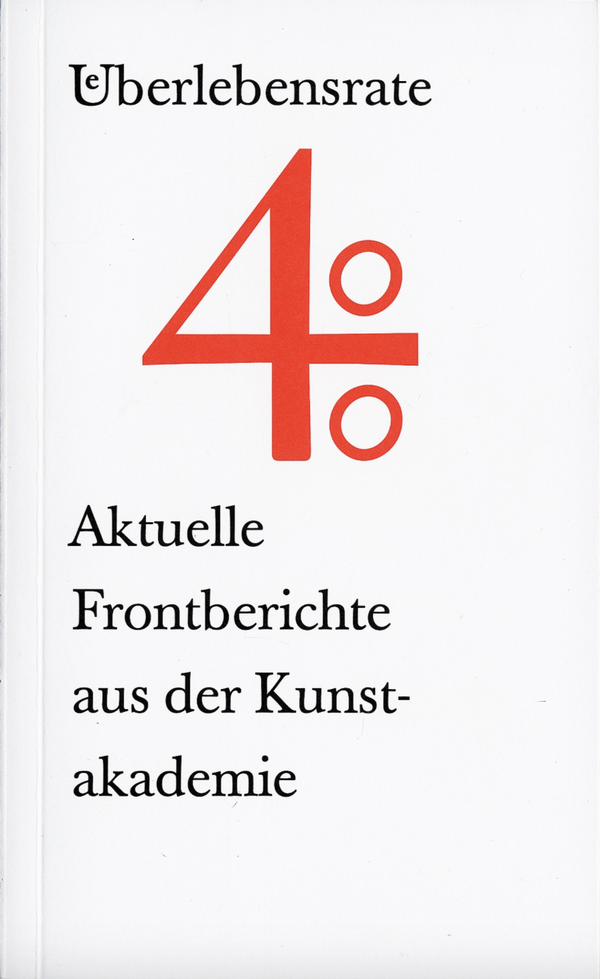




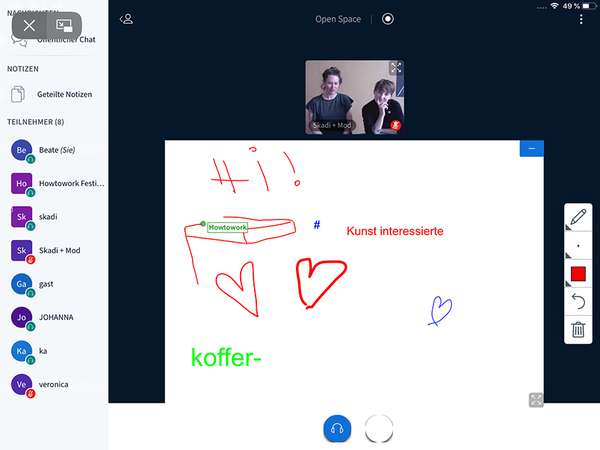


 Graduate Show 2025: Don't stop me now
Graduate Show 2025: Don't stop me now
 Long days, lots to do
Long days, lots to do
 Cine*Ami*es
Cine*Ami*es
 Redesign Democracy – competition for the ballot box of the democratic future
Redesign Democracy – competition for the ballot box of the democratic future
 Art in public space
Art in public space
 How to apply: study at HFBK Hamburg
How to apply: study at HFBK Hamburg
 Annual Exhibition 2025 at the HFBK Hamburg
Annual Exhibition 2025 at the HFBK Hamburg
 The Elephant in The Room – Sculpture today
The Elephant in The Room – Sculpture today
 Hiscox Art Prize 2024
Hiscox Art Prize 2024
 The New Woman
The New Woman
 Doing a PhD at the HFBK Hamburg
Doing a PhD at the HFBK Hamburg
 Graduate Show 2024 - Letting Go
Graduate Show 2024 - Letting Go
 Finkenwerder Art Prize 2024
Finkenwerder Art Prize 2024
 Archives of the Body - The Body in Archiving
Archives of the Body - The Body in Archiving
 New partnership with the School of Arts at the University of Haifa
New partnership with the School of Arts at the University of Haifa
 Annual Exhibition 2024 at the HFBK Hamburg
Annual Exhibition 2024 at the HFBK Hamburg
 (Ex)Changes of / in Art
(Ex)Changes of / in Art
 Extended Libraries
Extended Libraries
 And Still I Rise
And Still I Rise
 Let's talk about language
Let's talk about language
 Graduate Show 2023: Unfinished Business
Graduate Show 2023: Unfinished Business
 Let`s work together
Let`s work together
 Annual Exhibition 2023 at HFBK Hamburg
Annual Exhibition 2023 at HFBK Hamburg
 Symposium: Controversy over documenta fifteen
Symposium: Controversy over documenta fifteen
 Festival and Symposium: Non-Knowledge, Laughter and the Moving Image
Festival and Symposium: Non-Knowledge, Laughter and the Moving Image
 Solo exhibition by Konstantin Grcic
Solo exhibition by Konstantin Grcic
 Art and war
Art and war
 Graduate Show 2022: We’ve Only Just Begun
Graduate Show 2022: We’ve Only Just Begun
 June is full of art and theory
June is full of art and theory
 Finkenwerder Art Prize 2022
Finkenwerder Art Prize 2022
 Nachhaltigkeit im Kontext von Kunst und Kunsthochschule
Nachhaltigkeit im Kontext von Kunst und Kunsthochschule
 Raum für die Kunst
Raum für die Kunst
 Annual Exhibition 2022 at the HFBK
Annual Exhibition 2022 at the HFBK
 Conference: Counter-Monuments and Para-Monuments.
Conference: Counter-Monuments and Para-Monuments.
 Diversity
Diversity
 Live und in Farbe: die ASA Open Studios im Juni 2021
Live und in Farbe: die ASA Open Studios im Juni 2021
 Unlearning: Wartenau Assemblies
Unlearning: Wartenau Assemblies
 School of No Consequences
School of No Consequences
 Annual Exhibition 2021 at the HFBK
Annual Exhibition 2021 at the HFBK
 Semestereröffnung und Hiscox-Preisverleihung 2020
Semestereröffnung und Hiscox-Preisverleihung 2020
 Teaching Art Online at the HFBK
Teaching Art Online at the HFBK
 HFBK Graduate Survey
HFBK Graduate Survey
 How political is Social Design?
How political is Social Design?